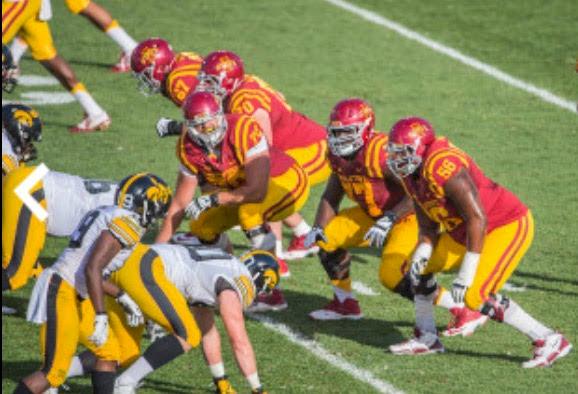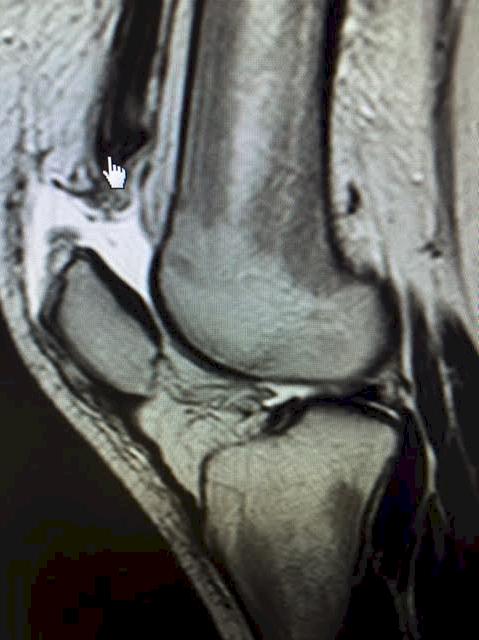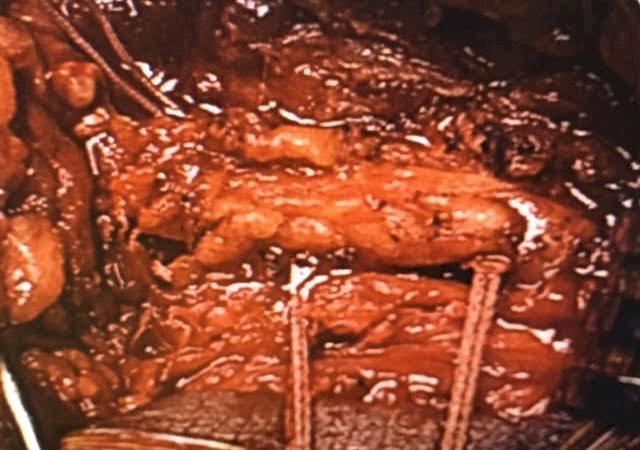Want to book an appointment with Dr. Greenwald? CLICK HERE.
Hello Cyclone Fanatics — It’s Dr. Greenwald back again ready to blog about a relatively uncommon football injury, the quadriceps tendon rupture. The quad tendon is just above the knee joint and it connects the four (hence the term quad) thigh muscles to the patella (knee cap). These are the largest muscles in the body, and allow one to run and jump. The quad tendon can be injured – usually a complete rupture (tear) – when the thigh muscles are contracted and the force resisting the muscles is greater than the strength of the tendon; such as when two 300-plus pound linemen go toe to toe in the trenches.

The player often feels a "pop" with pain and sudden inability to bear weight on the involved extremity. They go down in a heap, in pain, and then are carted off the field and evaluated by the ATC/medical staff with the diagnosis typically made by clinical exam. There can be a palpable defect in the tissue, with inability to straighten out the leg. The diagnosis is then often confirmed by MRI.
MRI of Quad Tendon Rupture

The amount of injury is really quite impressive, as the fibers rupture, looking like an explosion went off in the body.

(The cursor is on the end of the tendon.)

The injury requires surgical repair, in which the tendon is reattached to the patella. We use very strong non-absorbable suture anchoring the tendon directly into the bone.
Full recovery takes up to 8-12 months, with post operative care including an initial healing phase of immobilization and protection, followed by a prolonged strengthening phase. Then the player has to recover their speed and explosiveness and ability to play. Not infrequently the player never fully regains their pre-injury level of athleticism.
A recent study in our sports medicine journal reported that quadriceps tendon tears are rare in professional American football players, and they usually occur from eccentric load on the extensor mechanism and with no hint of potential injury. Even with timely surgical repair, and prolonged rehabilitation and strengthening there is a low rate of return to play in regular-season games. 
The bottom line is that this injury, although not very common in FB players, can be quite devastating. It requires major surgery and can be career altering. It can also occur in "weekend warriors", so be careful out there, fellow Fanatics!!!
Until next time, Go Cyclones!!
Dr Thomas Greenwald, md





